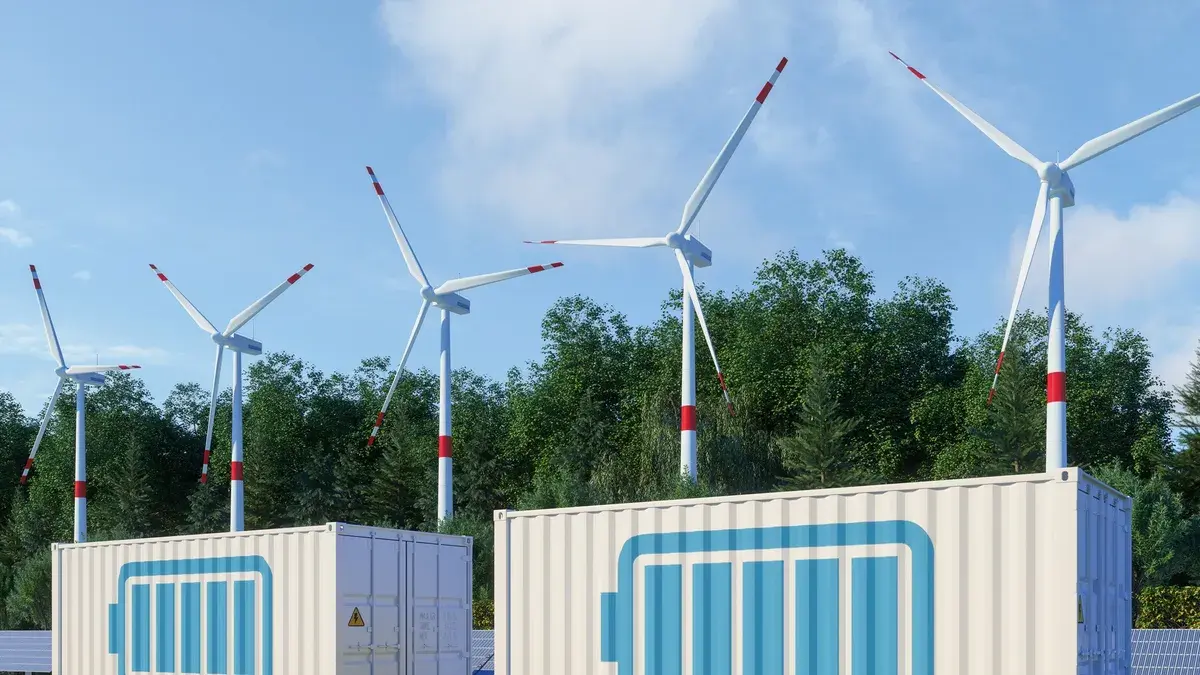Berlin-based climate research institute Mercator Research Institute on Global Commons and Climate Change (MCC) has released a new study indicating that, in the last decade, the cost of solar power has dropped by 87 percent, and the cost of battery storage by 85 percent.
These price drops, the authors argue, could make the global energy transition much more viable and cheaper than previously expected.
An extremely optimistic scenario
“Some calculations even suggest that the world’s entire energy consumption in 2050 could be completely and cost-effectively covered by solar technology and other renewables,” reports Felix Creutzig, head of the MCC working group Land Use, Infrastructure and Transport, and lead author of the study.
“This is an extremely optimistic scenario – but it illustrates that the future is open. Climate science, which provides policymakers with guidance in its scenario models, must reflect technical progress as closely as possible. Our study is intended to provide input for this.”
Because of technological breakthroughs, increased production, and economies of scale, the price of solar panels has been gradually declining for years. For both home and business consumers, solar panels are becoming more accessible in many regions.
Furthermore, as solar panels’ efficiency increased, more sunshine could be converted into power, increasing its cost-effectiveness. Government subsidies and incentives are further promoting the use of solar energy in numerous nations.
Meanwhile, systems for storing energy, especially those using lithium-ion batteries, have become much less expensive. The popularity of electric cars (EVs) and increasing production capacity are major factors in this cost decrease.
As battery technology has advanced, storage systems’ lifespans and energy densities have increased, making them more cost-competitive.
Batteries, for instance, are now less expensive per kilowatt hour than they were anticipated to be in 2030 according to a study published two years prior. In 2030, the price premium for battery storage, which enables solar electricity to be flexibly available, is set to decline from 100 percent to only 28 percent.
Finally, the grid has been integrating energy storage technologies more and more, which offers advantages including backup power, load balancing, and peak shaving. Storage is becoming more economically viable because of this integration.
Greenhouse gas emissions higher than ever
“Greenhouse gas emissions are higher than ever and the measures taken so far are too weak, but in this politically difficult situation, technological progress provides a ray of hope,” says Jan Minx, head of the MCC Applied Sustainability Science working group and one of the co-authors.
“New scenario models, some of which are starting to be explored, are likely to demonstrate in the foreseeable future that the global climate transition might not be as expensive as previously assumed, and may even be cost saving – provided it is finally tackled.”
Experts around the world expect solar power and energy storage prices to continue dropping in the coming years. This trend is driven by technological advancements, increased competition, and a greater emphasis on renewable energy sources to combat climate change.

